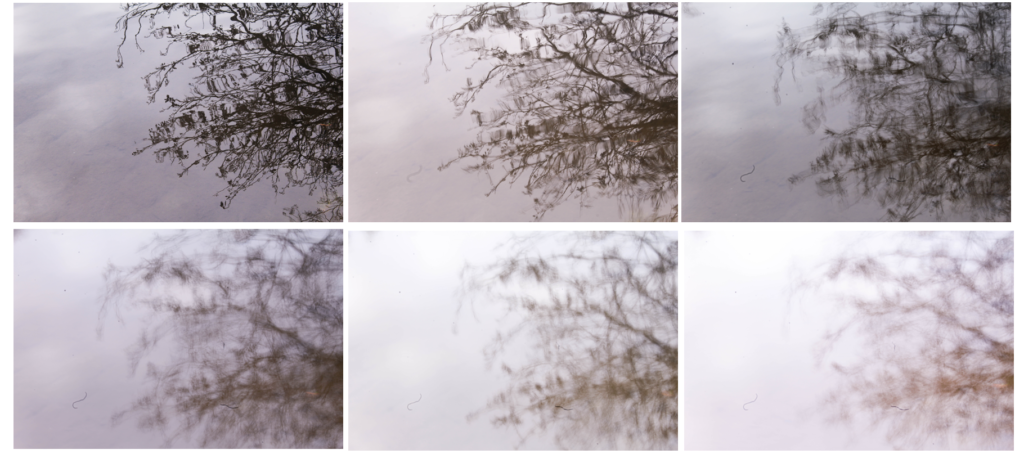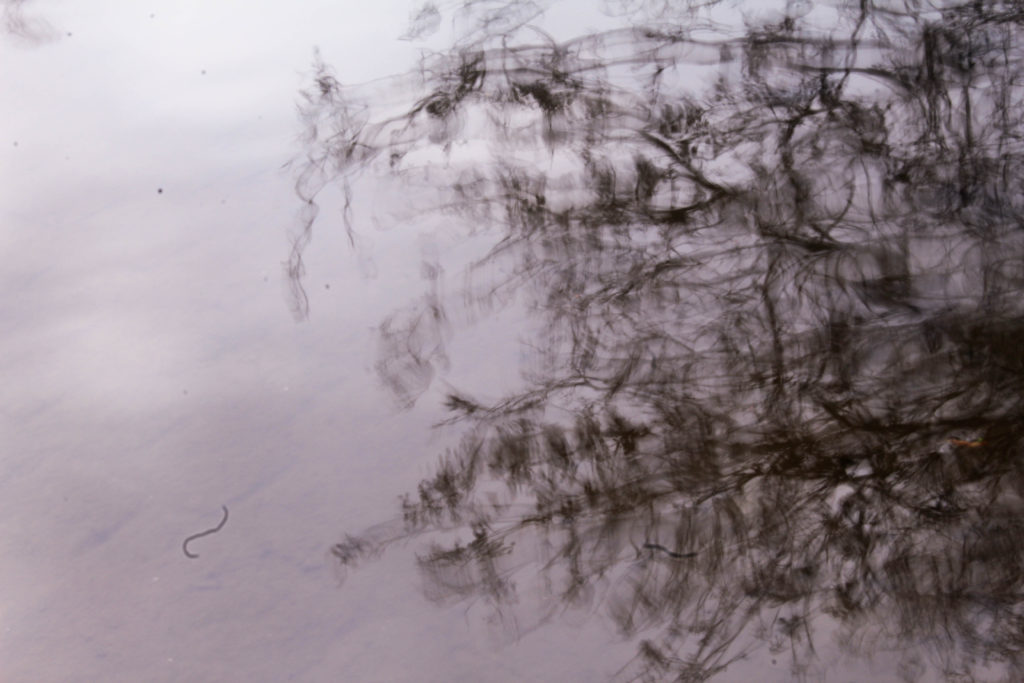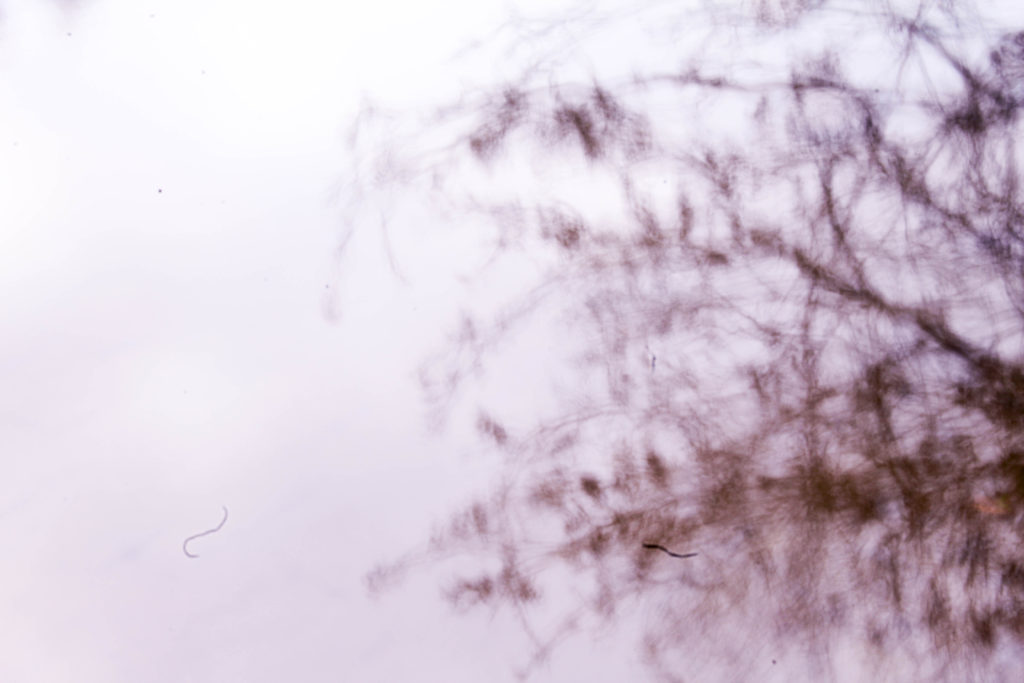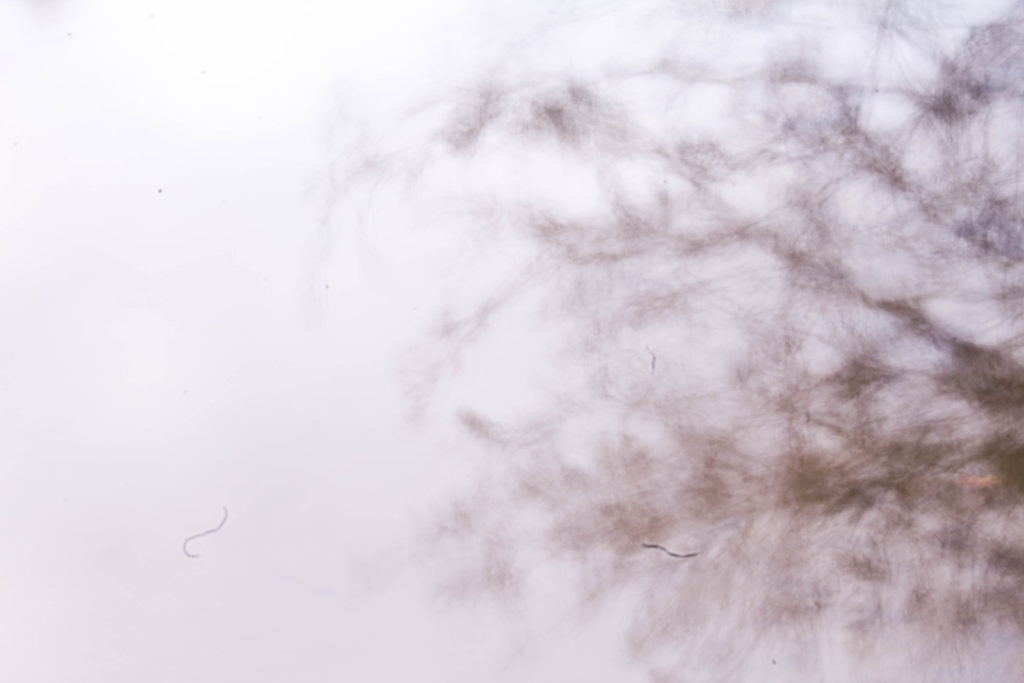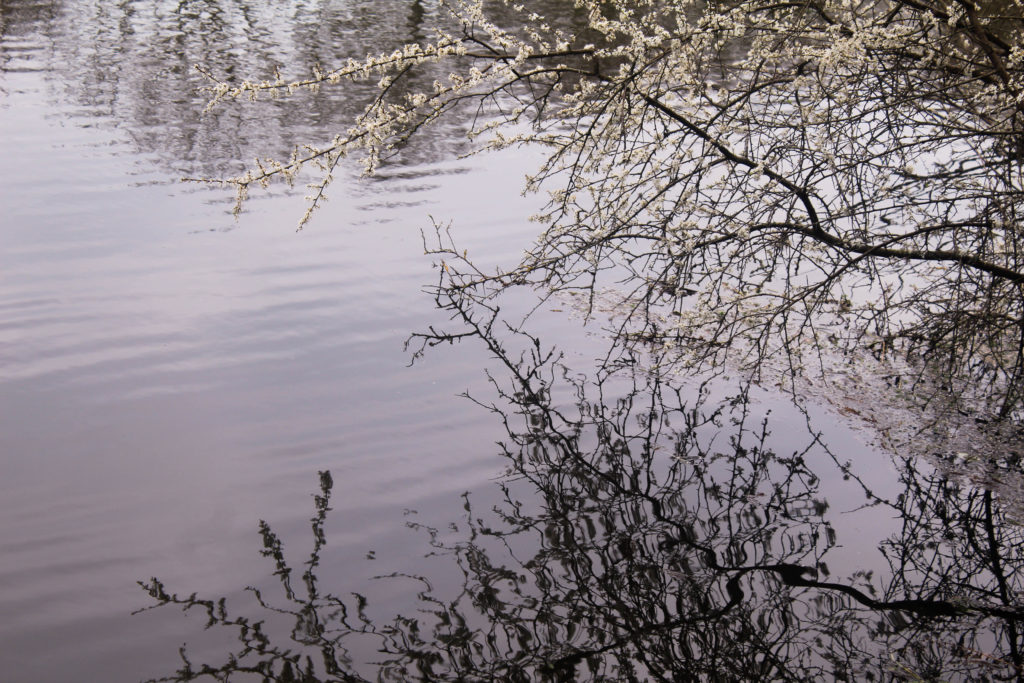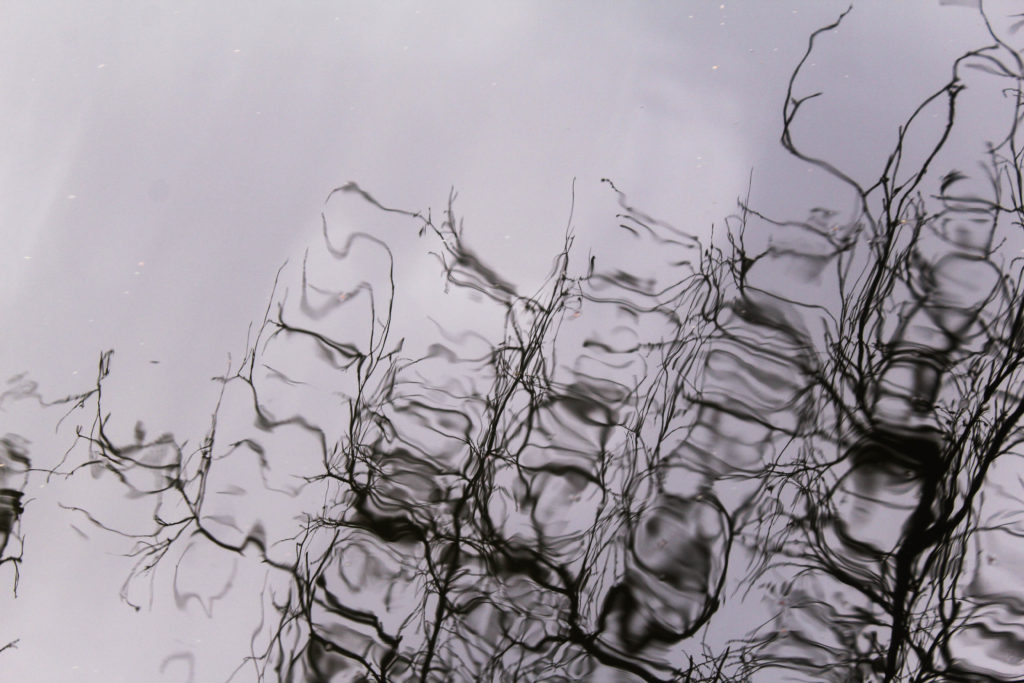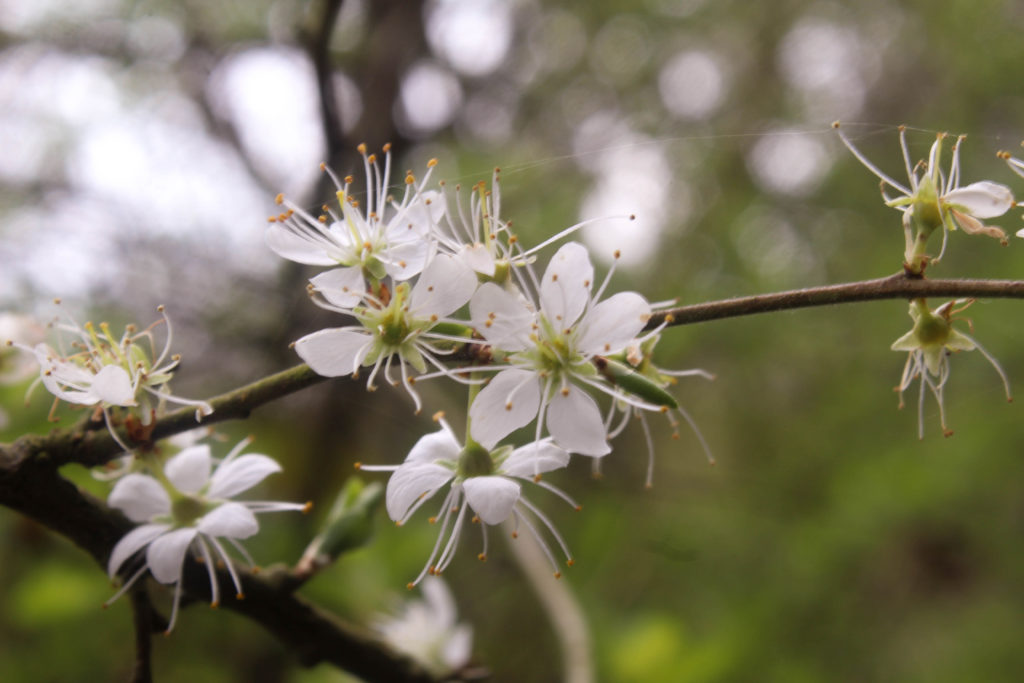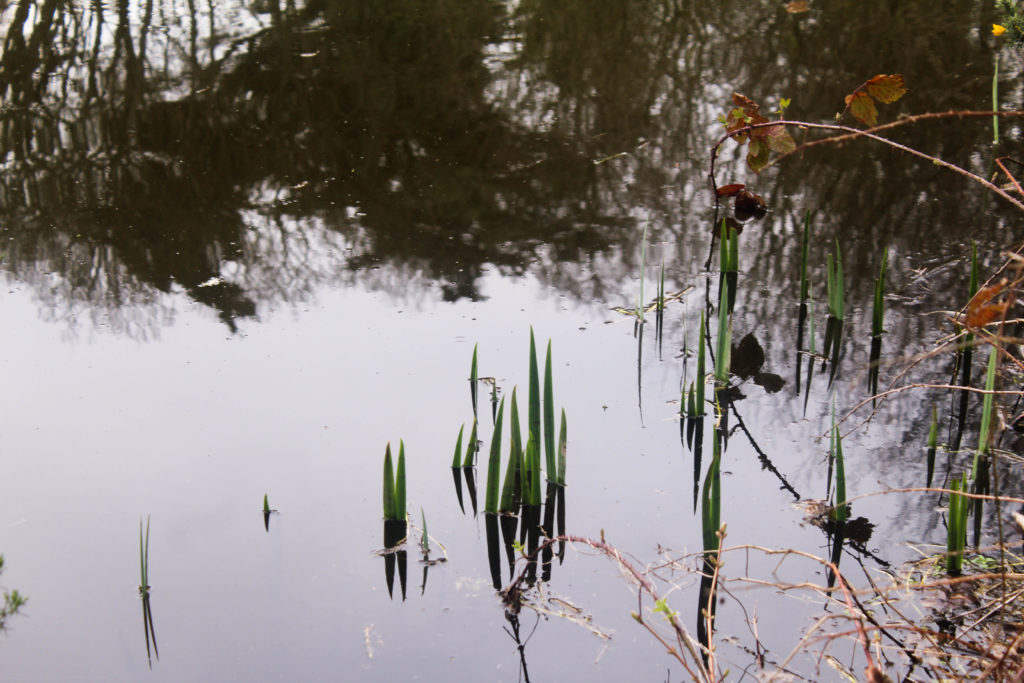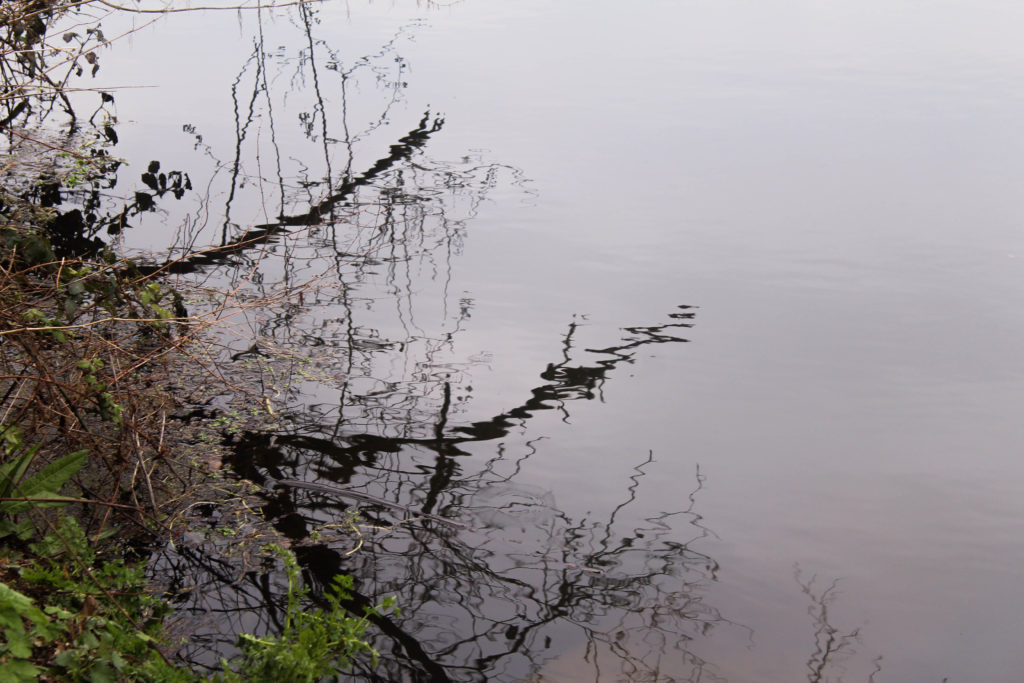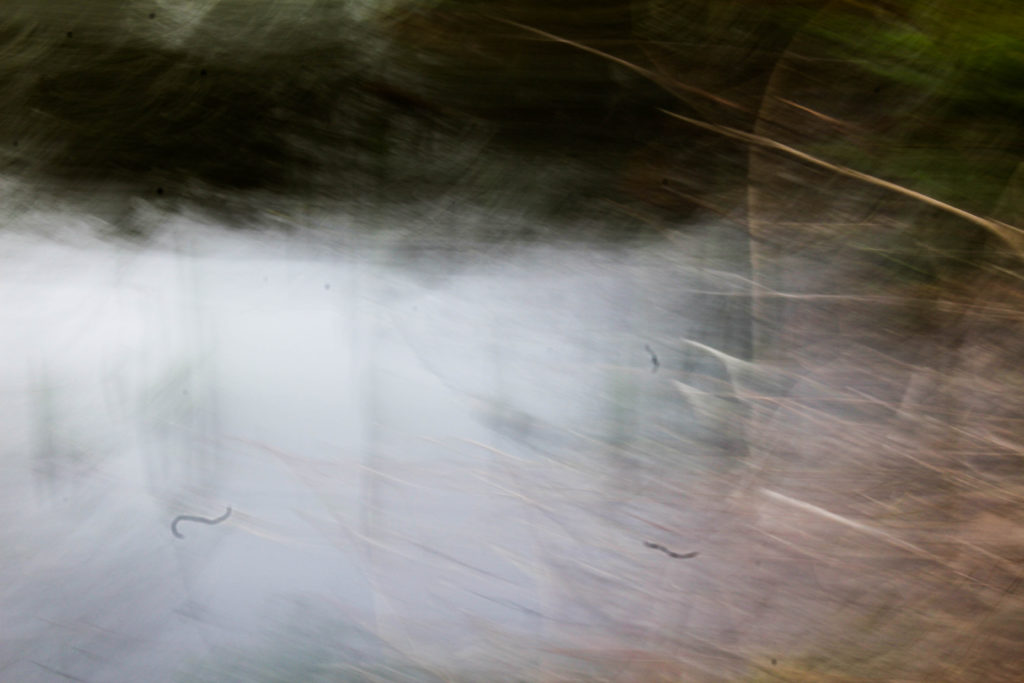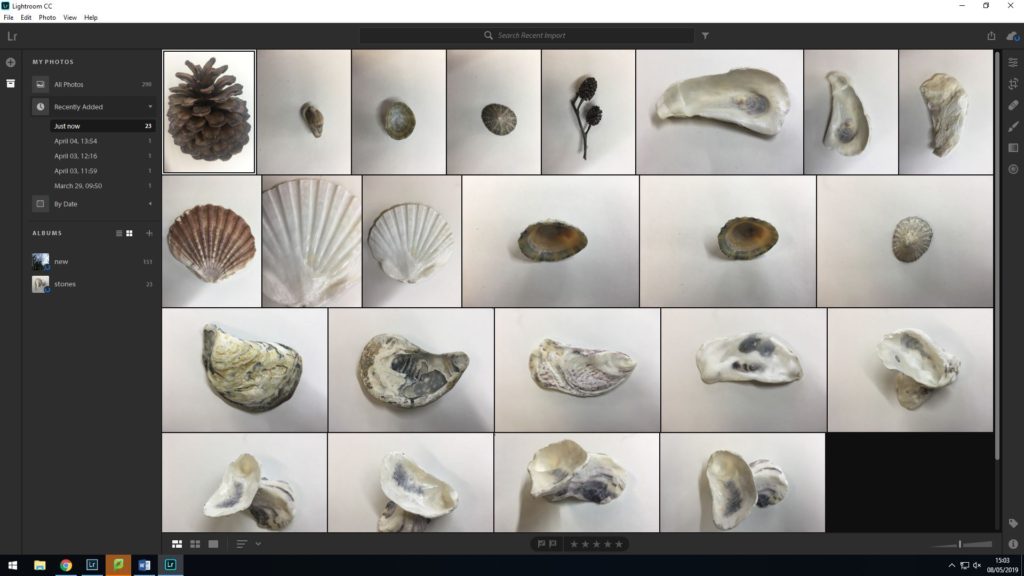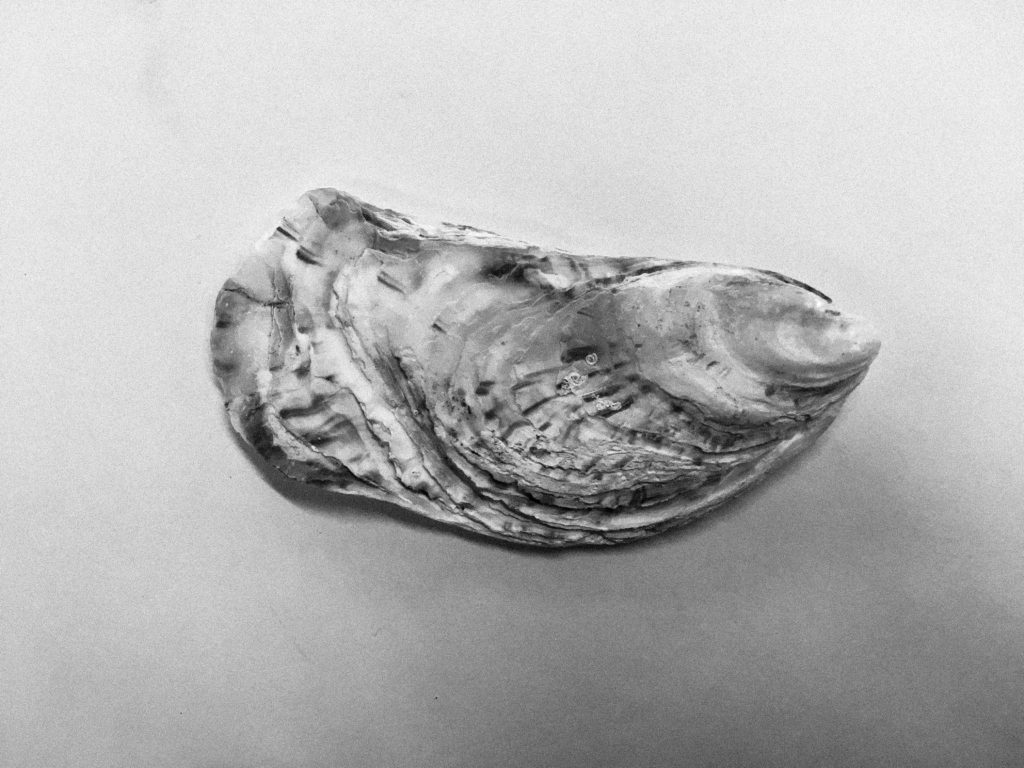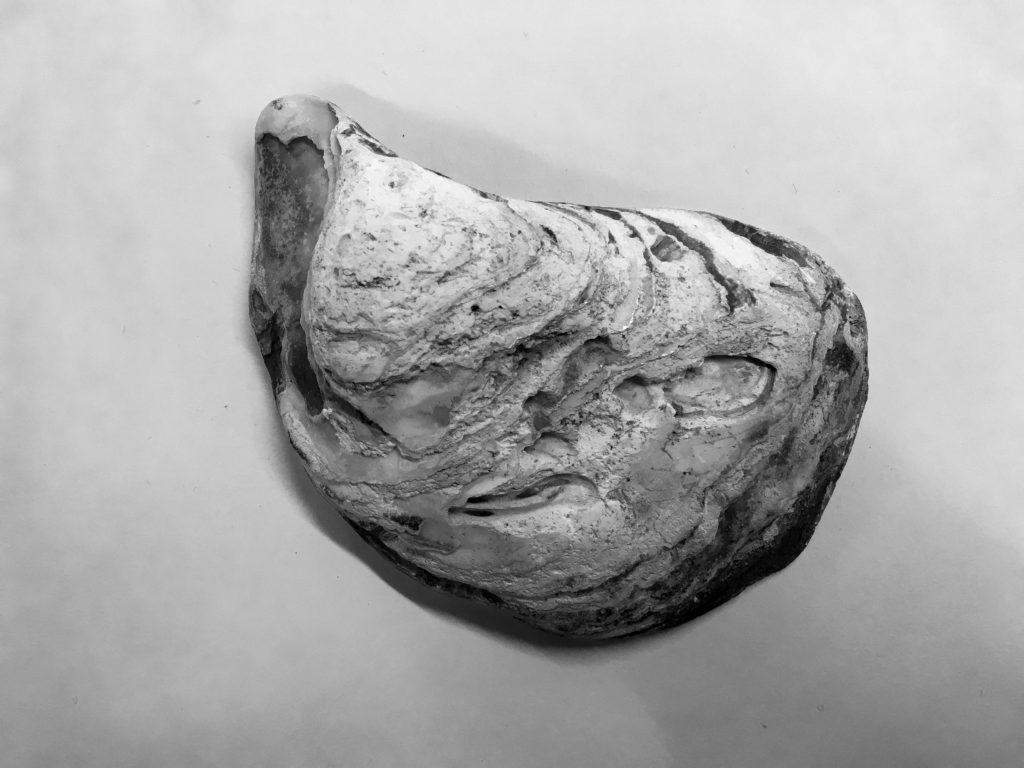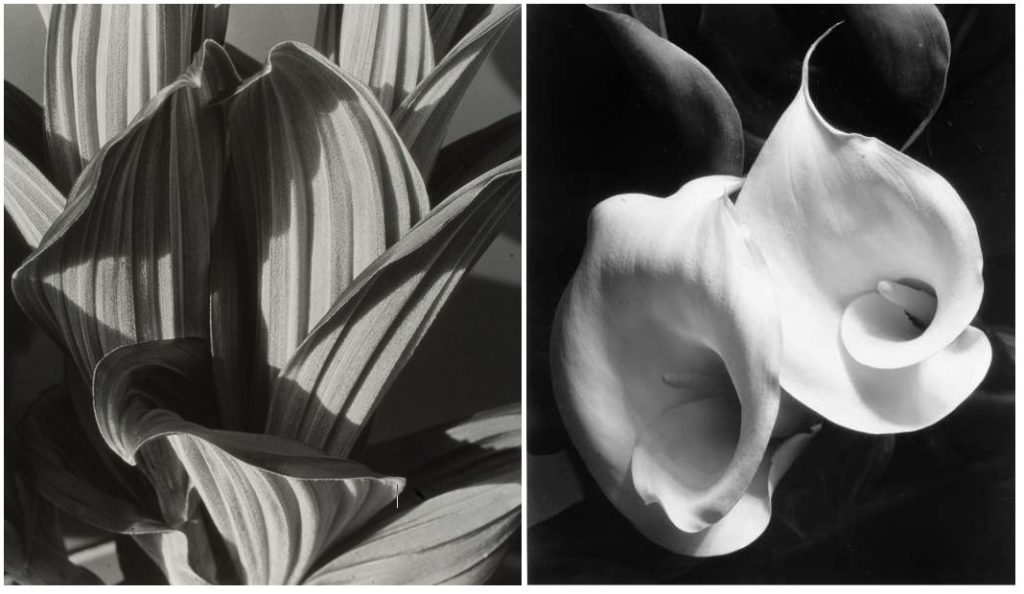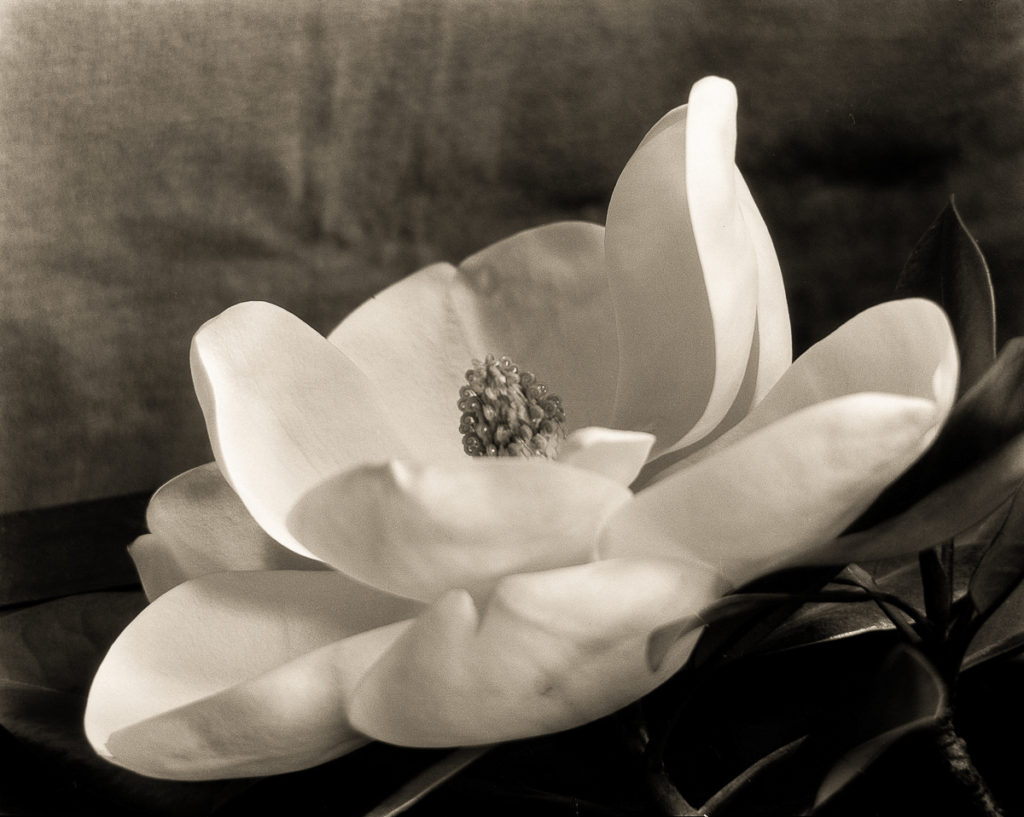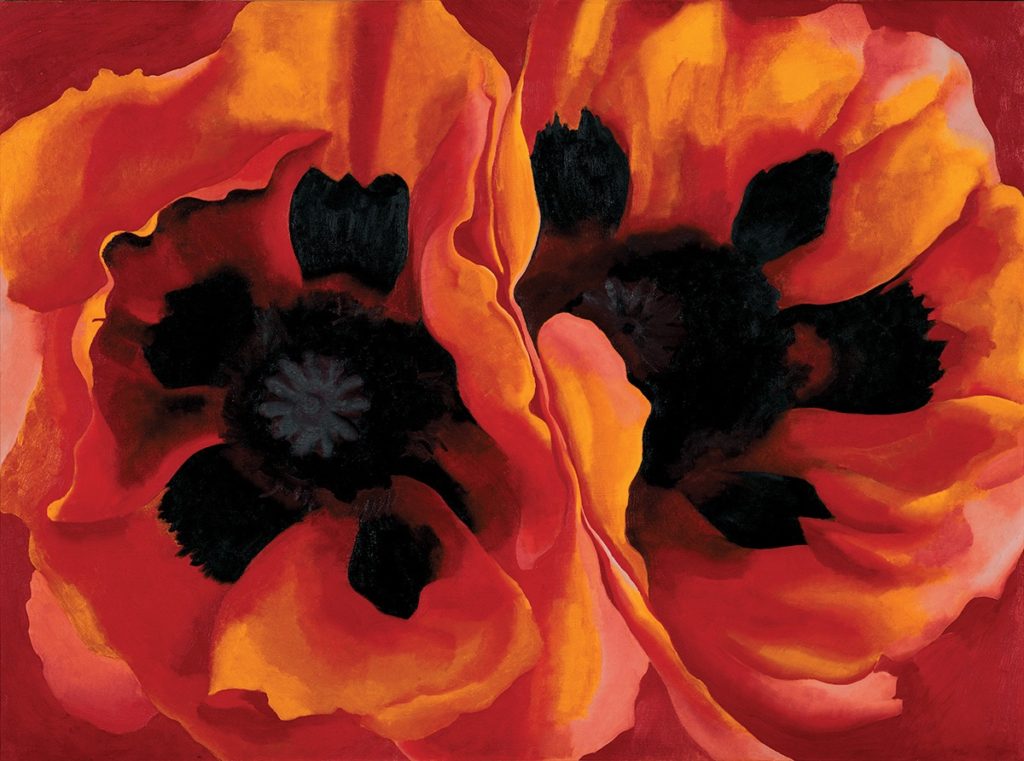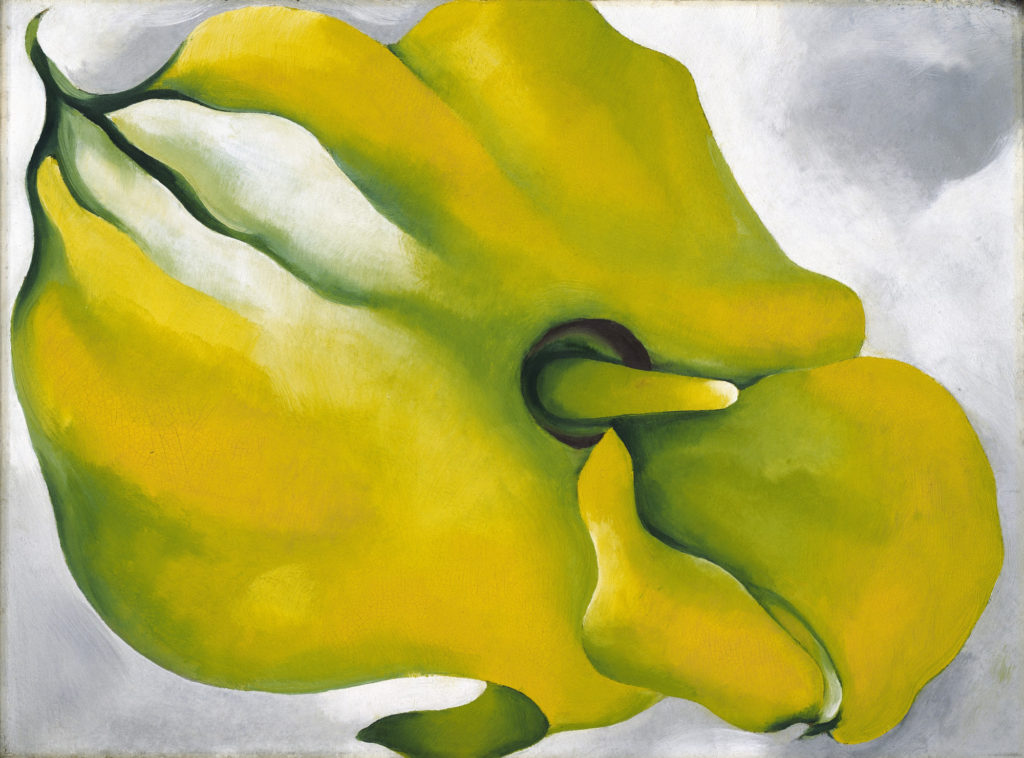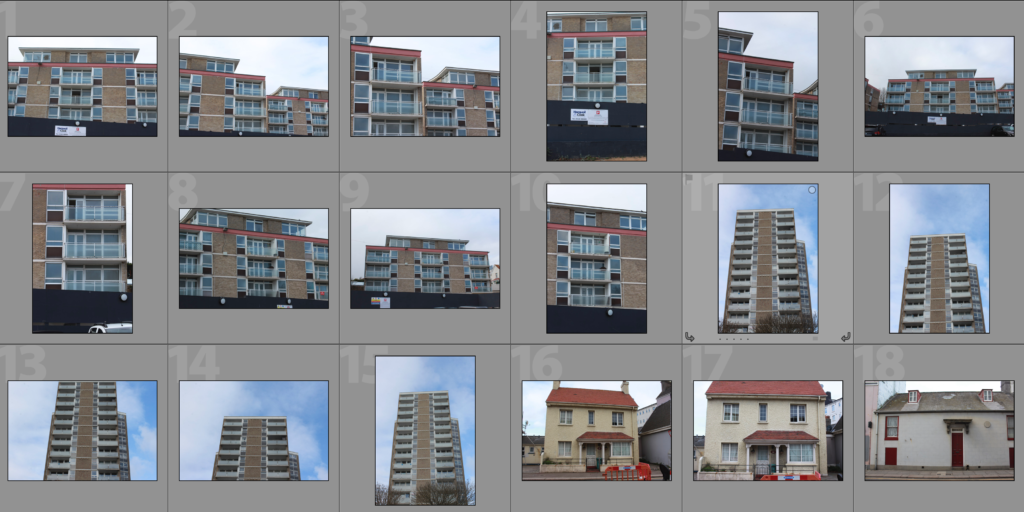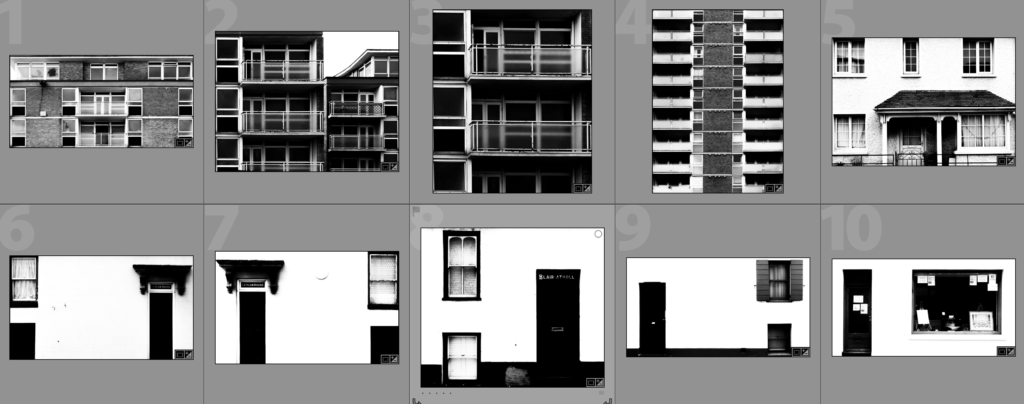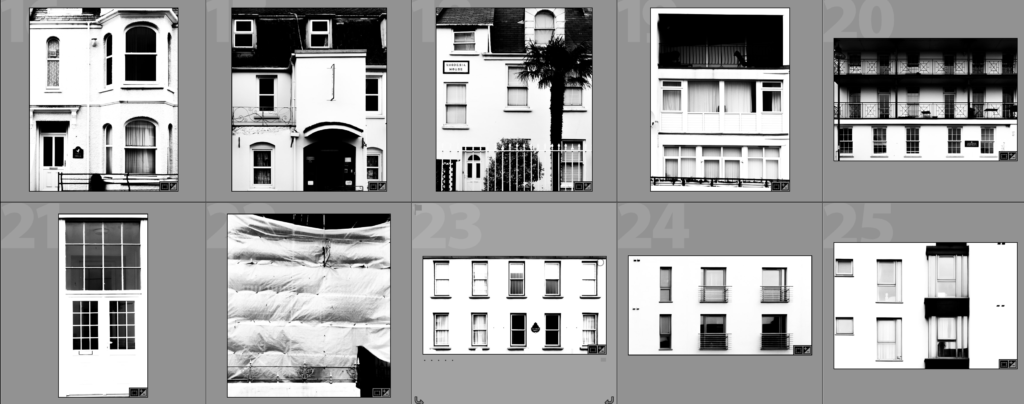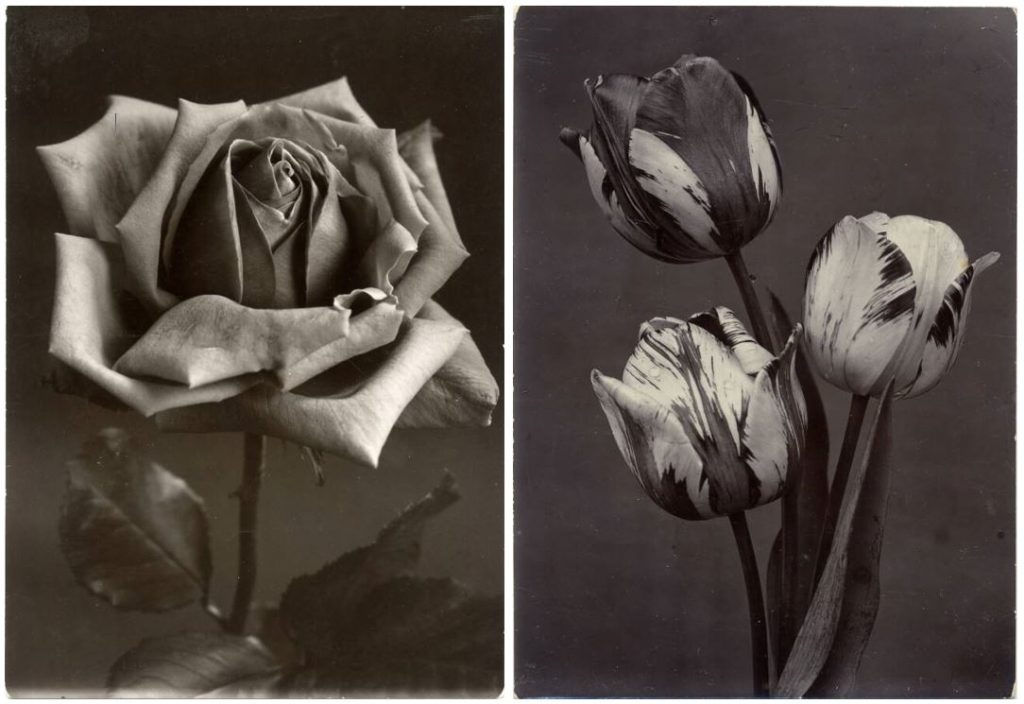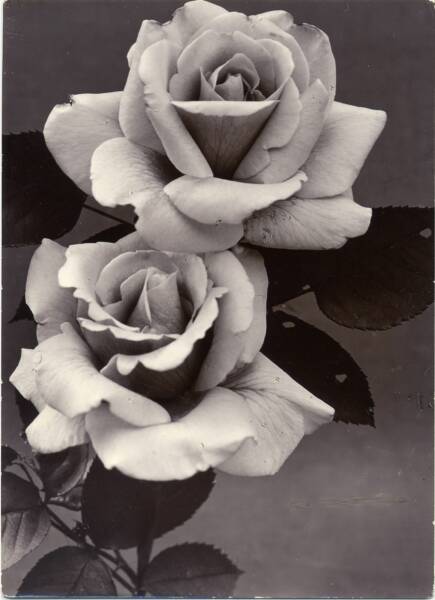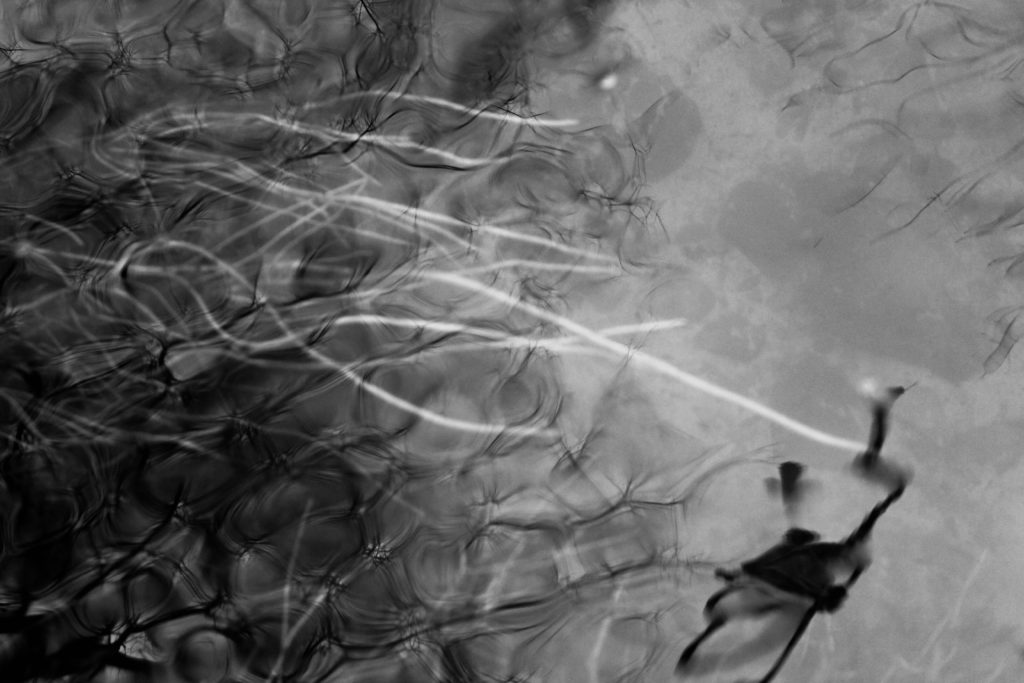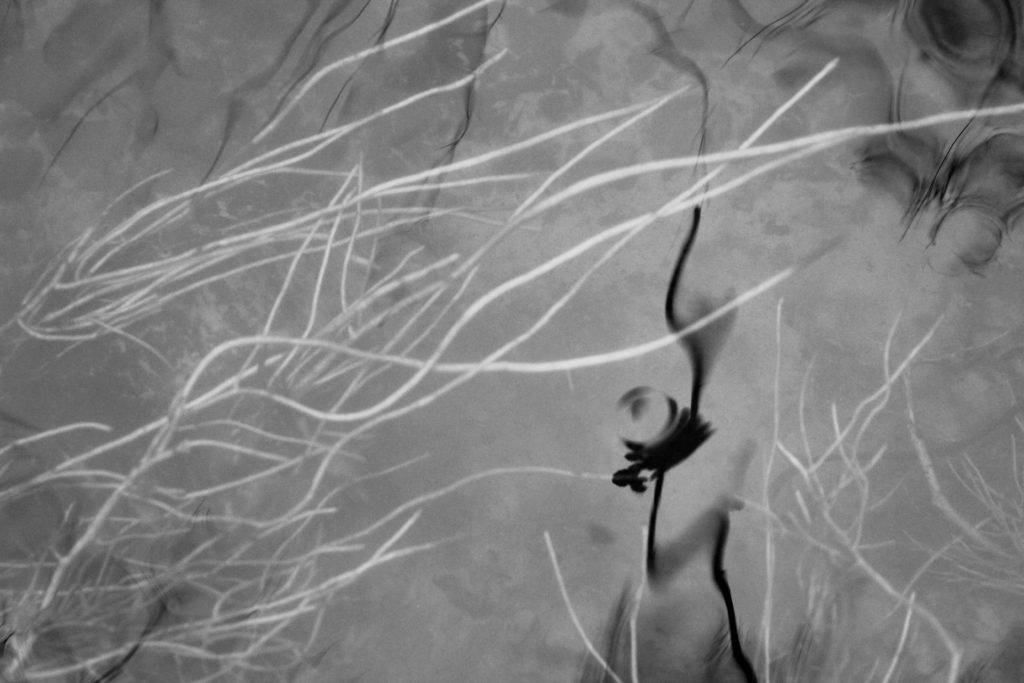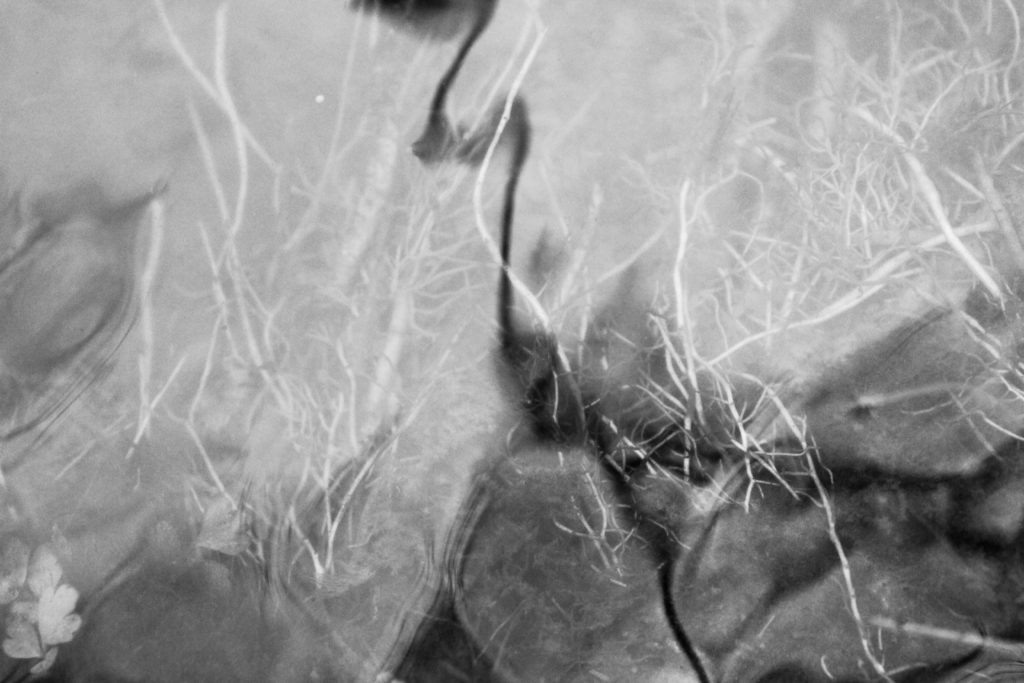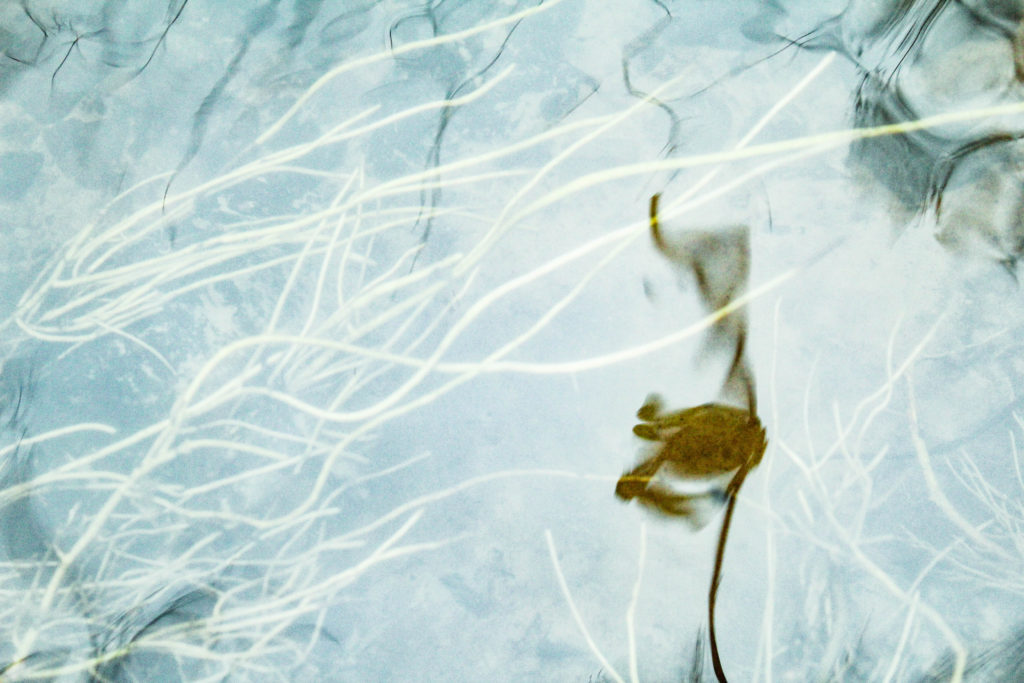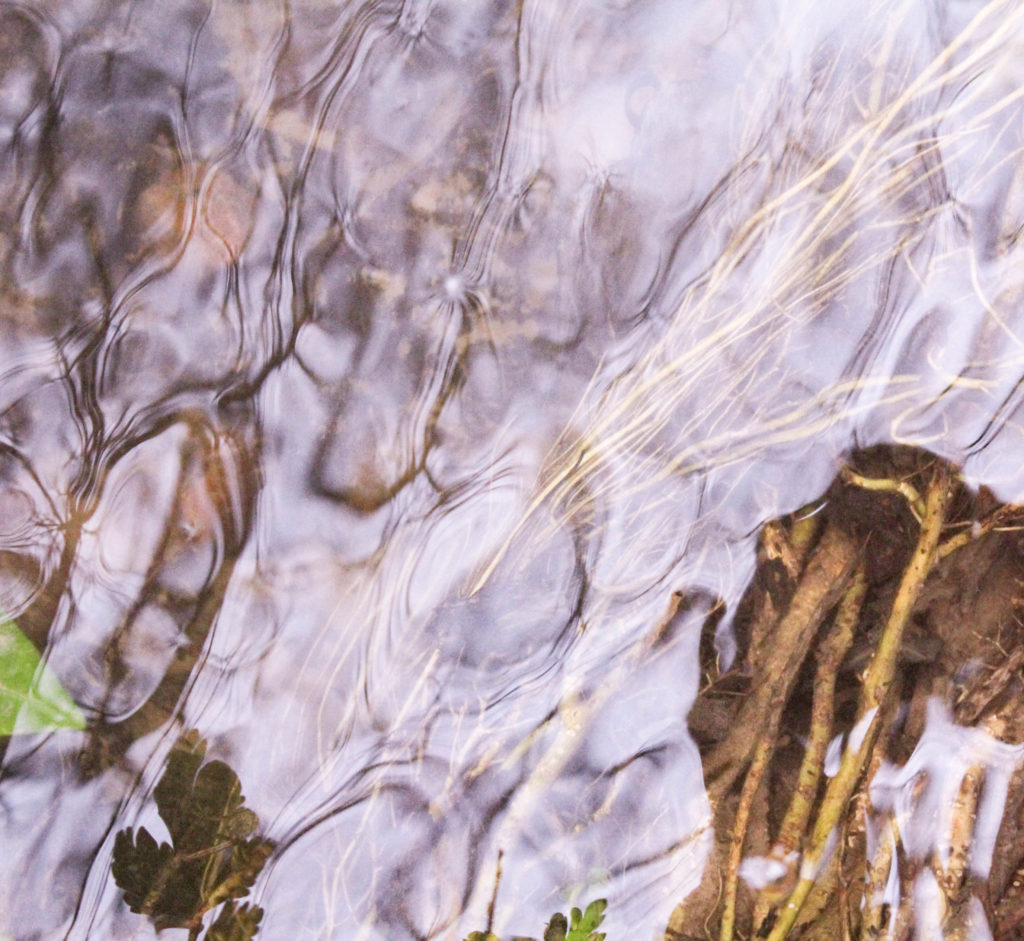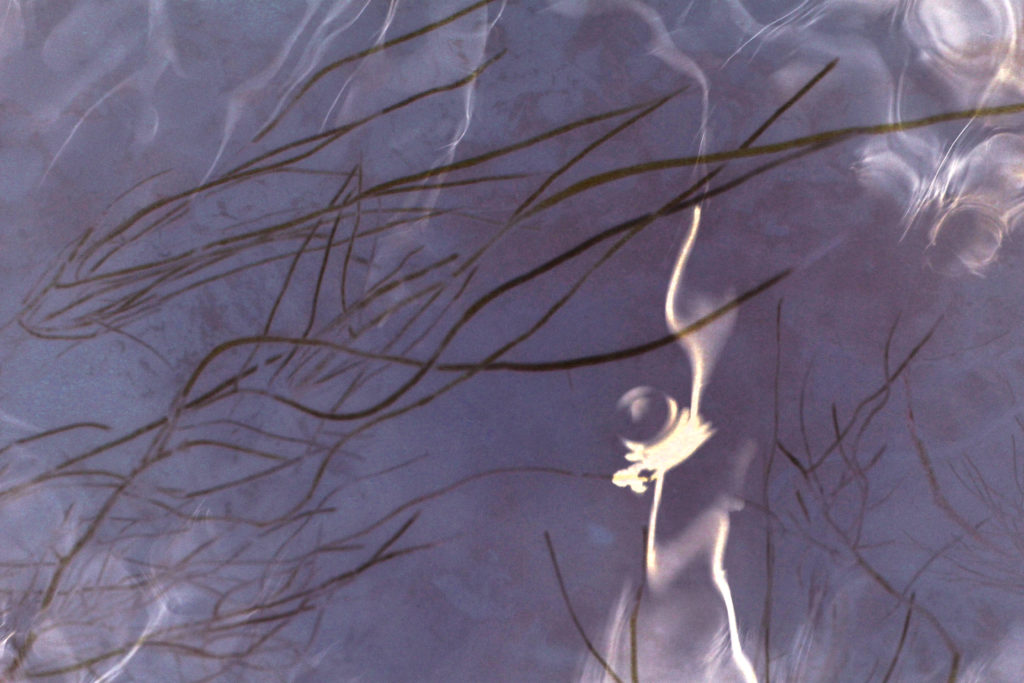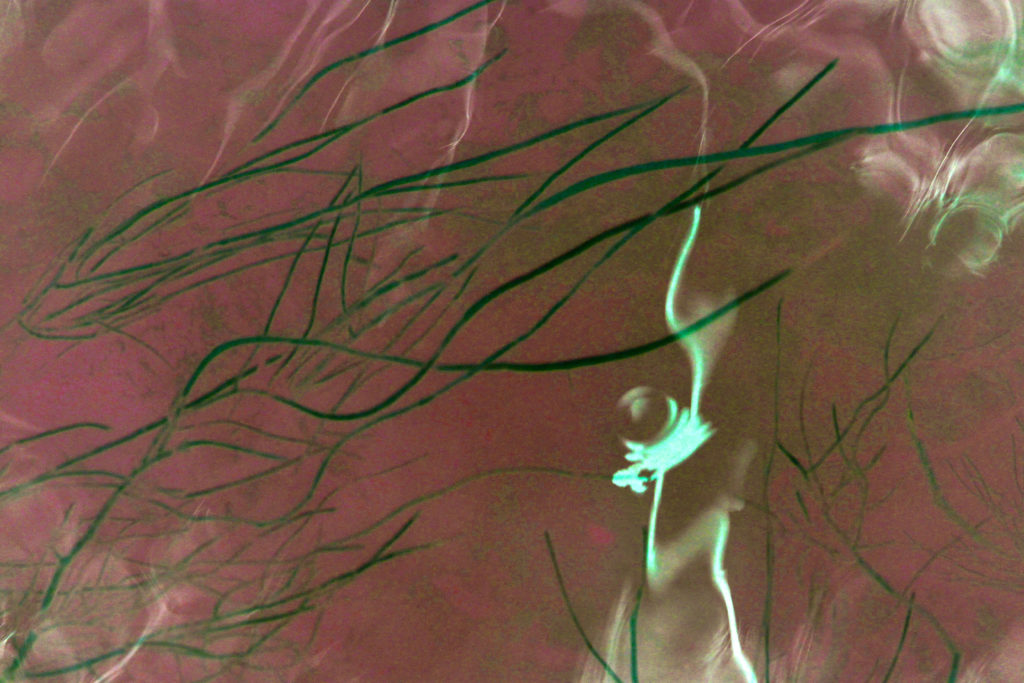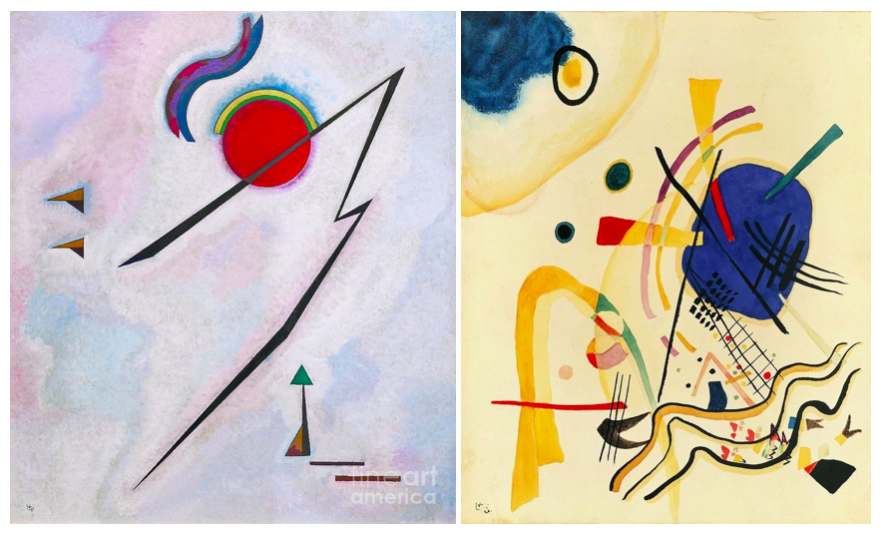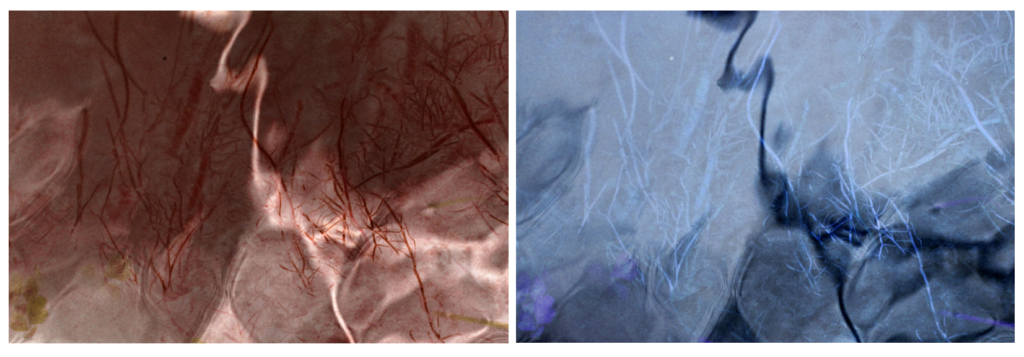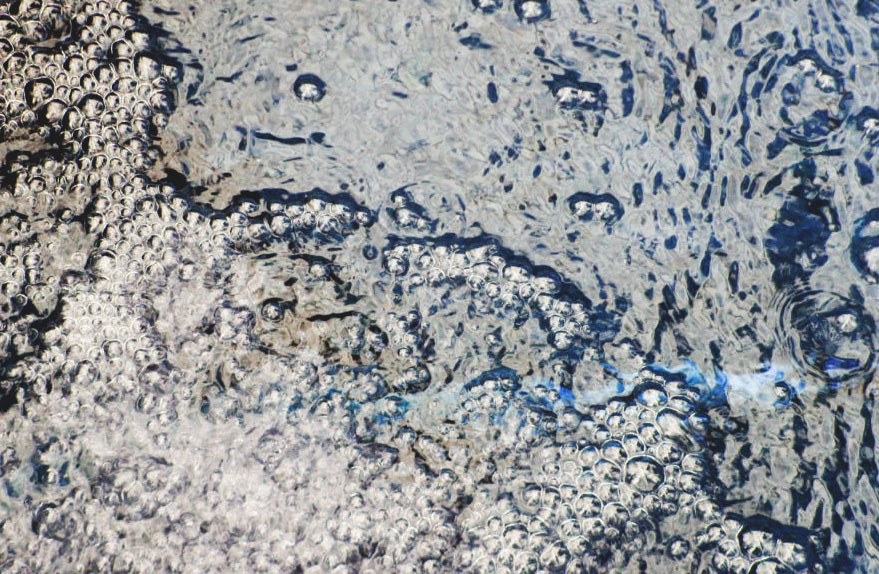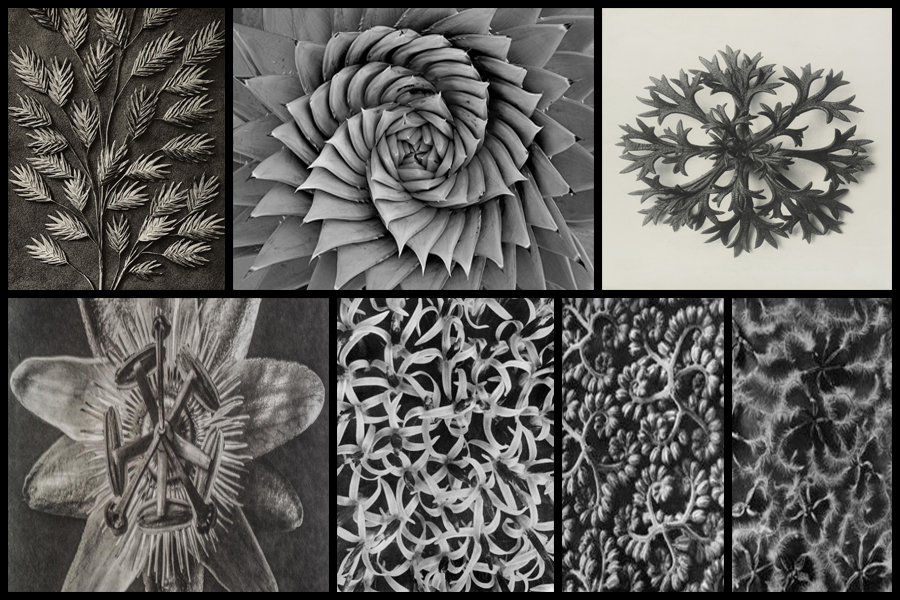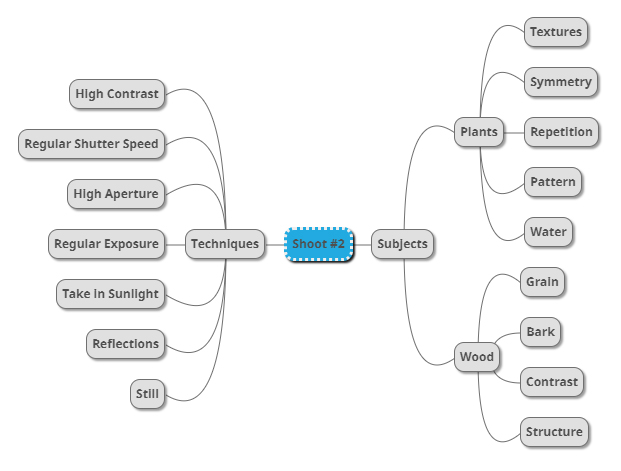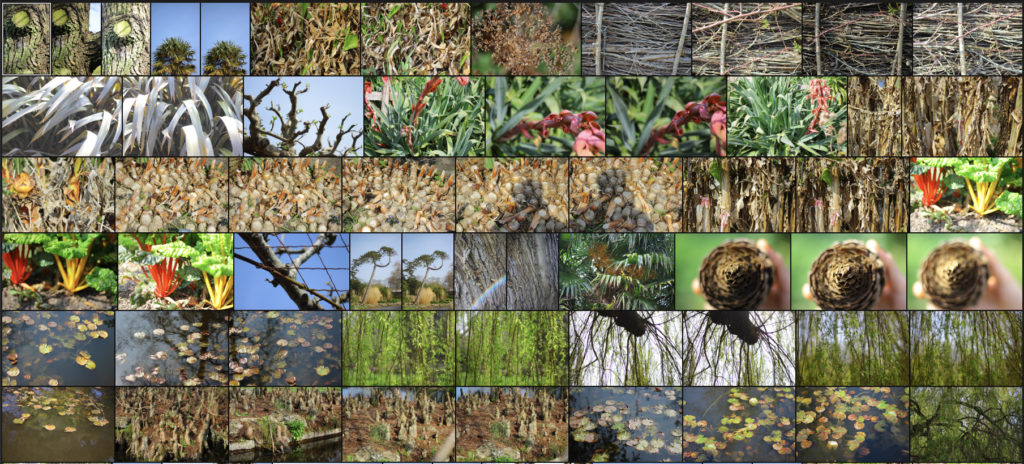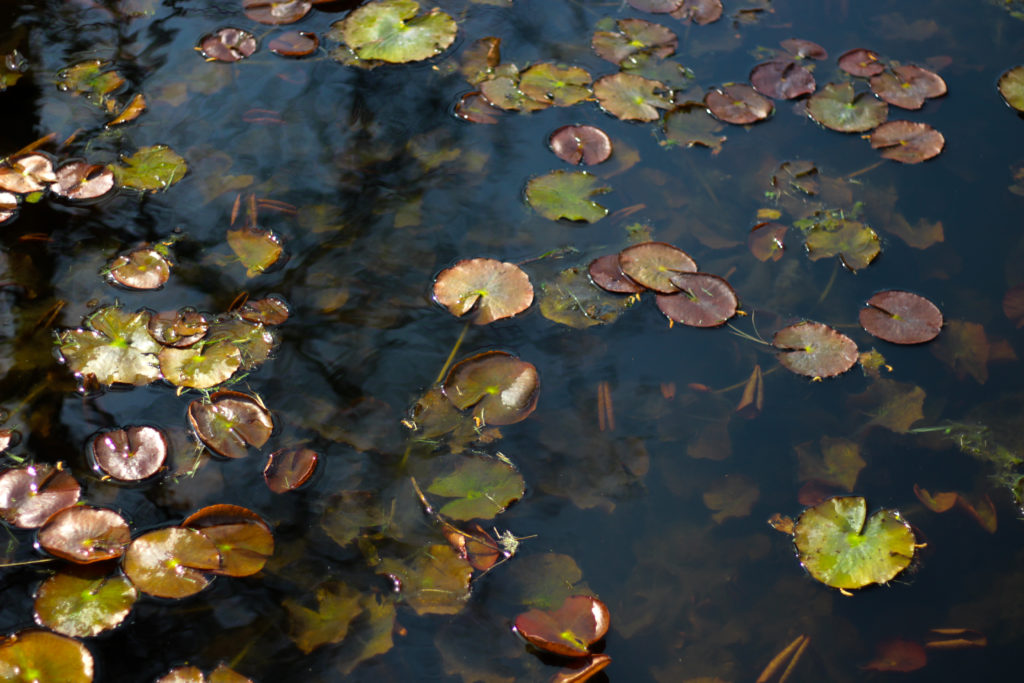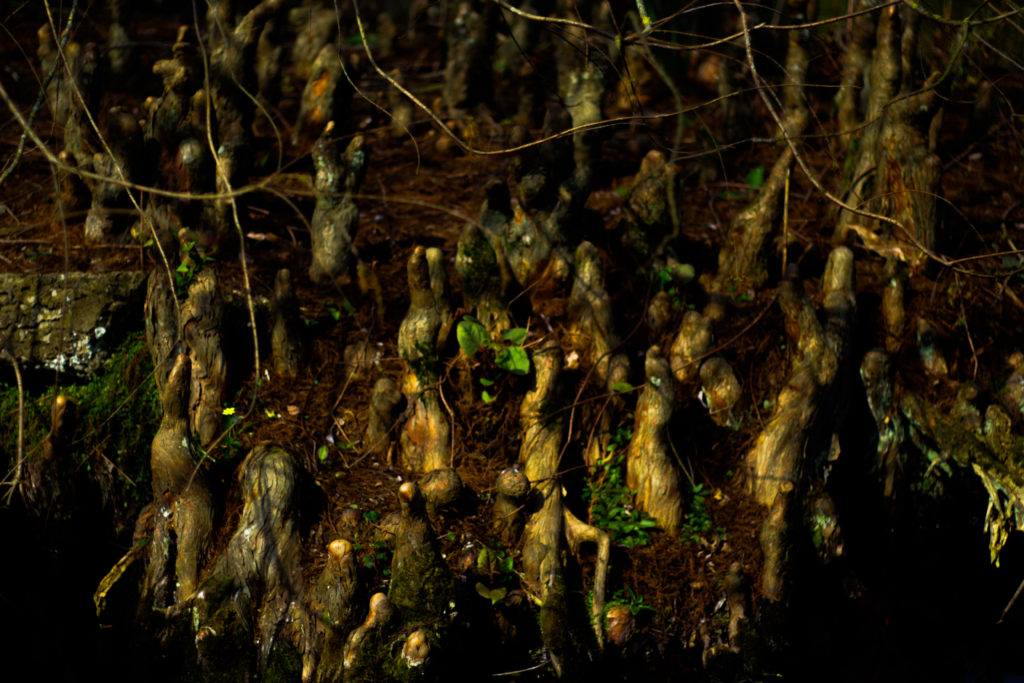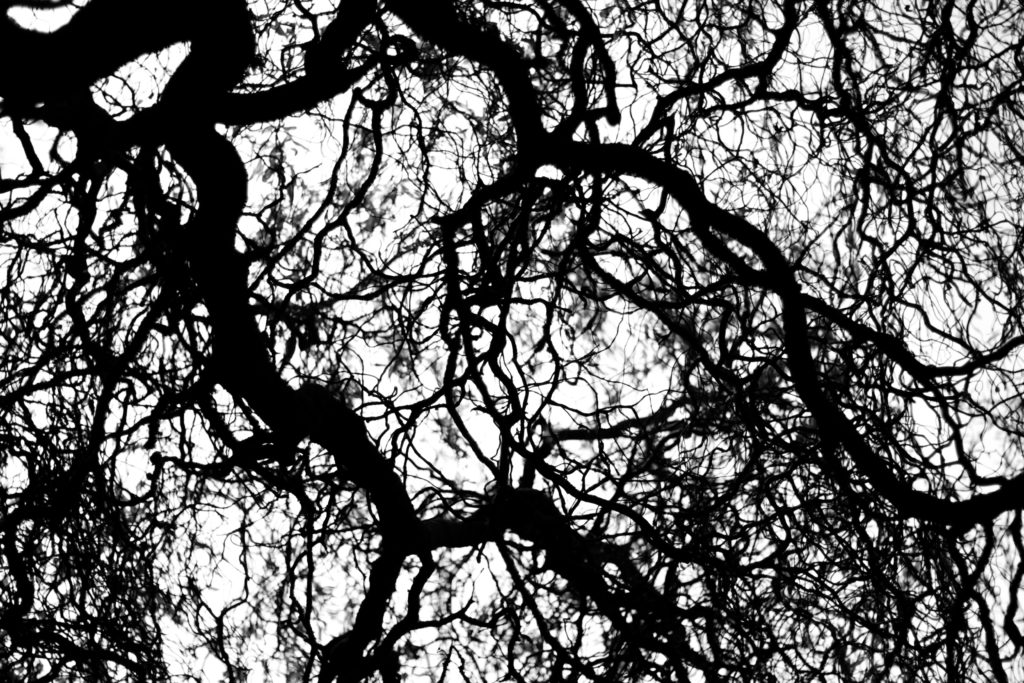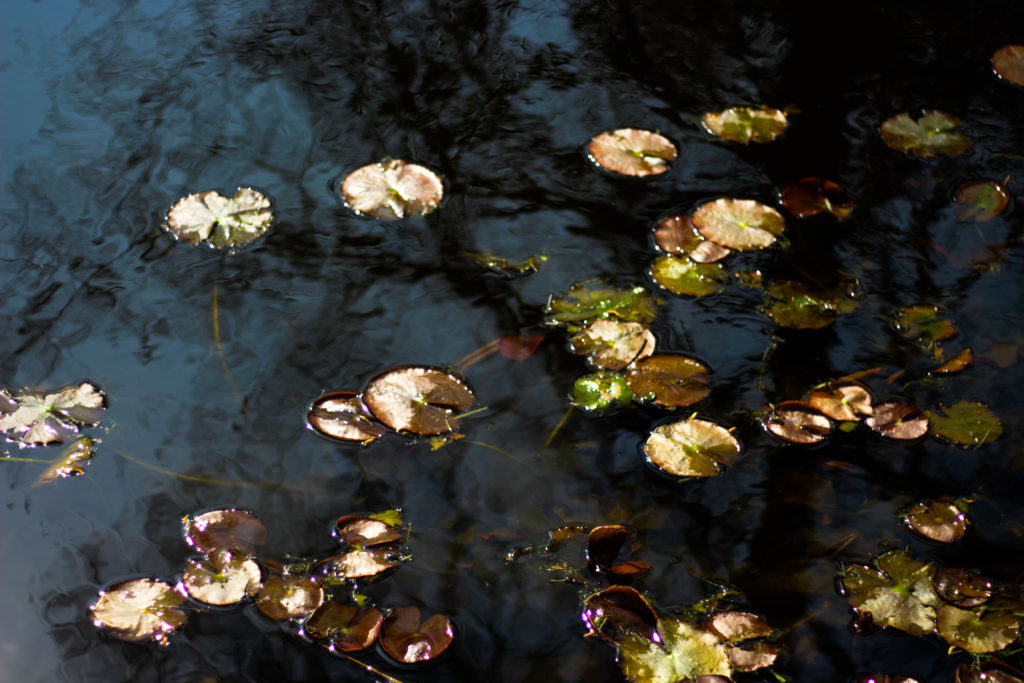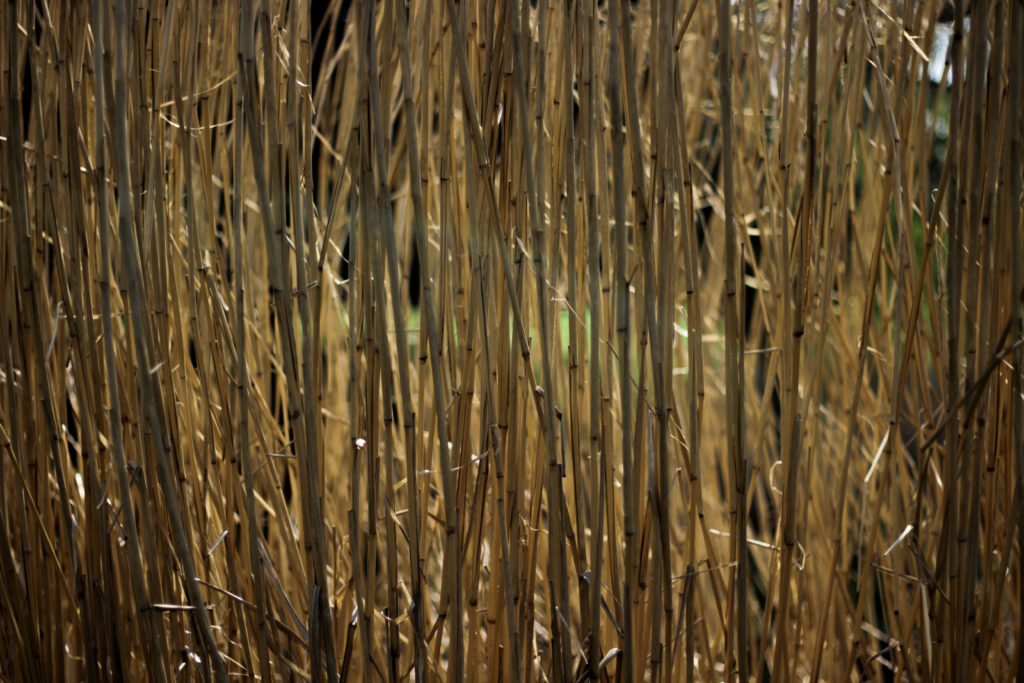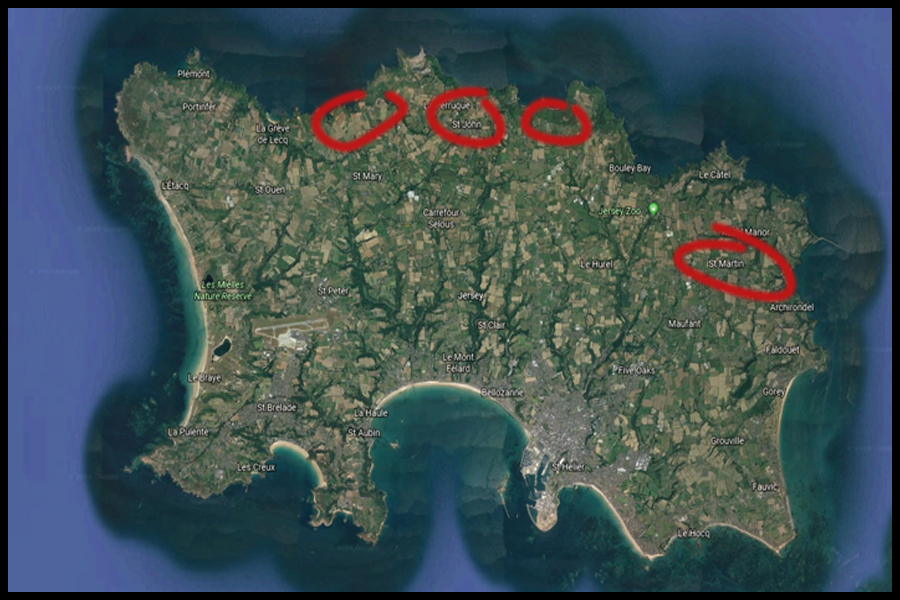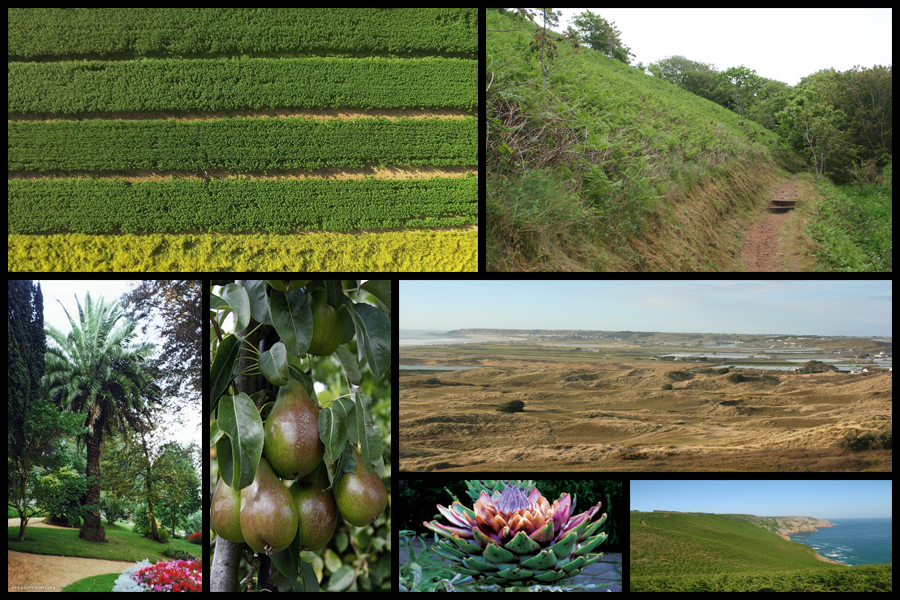Kanghee Kim is currently 27. She was born in Korea but moved to New York with her family when she was 14. At that time, there was a need for more nurses in the USA, and her mother was helping to fill that gap – but their lawyer missed a deadline. Kim was never able to secure a citizenship. Eventually, she was protected under the DACA (Deferred Action for Childhood Arrivals) policy, but her status has made leaving the country too much of a risk. She states: “I really miss Korea, especially over the last few years. Korea is the motherland. Whenever I see photos or hear about it I feel a bit torn.” Kim only got into photography in her final year of studying painting. It was this time that smartphones and cameras (technology) were improving; she was frustrated by how much space and materials were needed to paint. “I love walking around and being outside. Approaching photography as a painting was solving that problem” – Kim states.
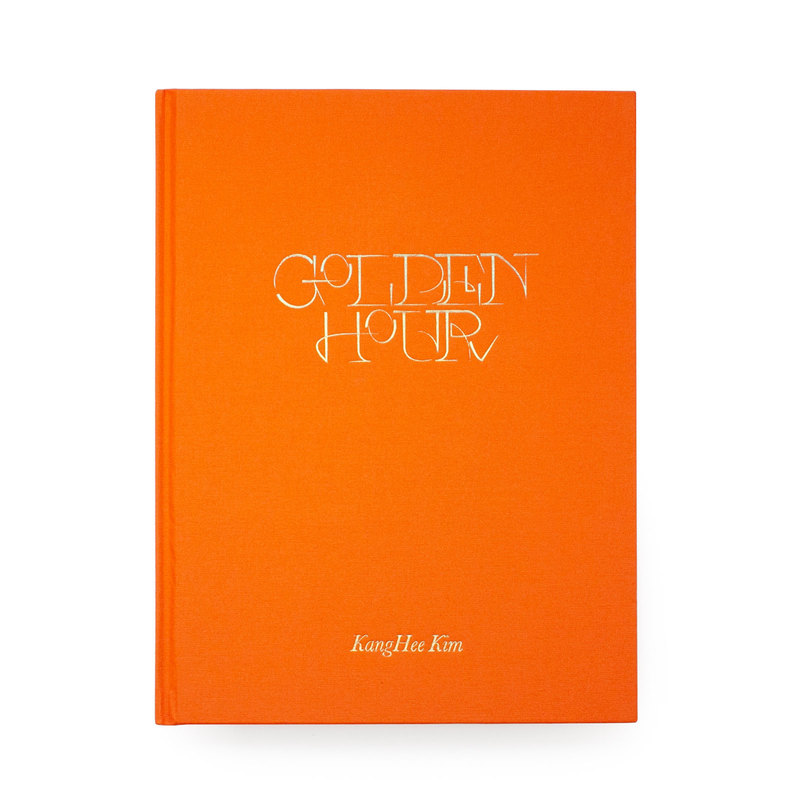
“Golden Hour“ is Kim’s second book to be published by Same Paper, (who are based in China). Its carefully-assembled pictures are taken during the magic of the “golden hour” – the moment immediately before sunrise or sunset. This is part of her ongoing body of work, “Street Errands”. Most of Kim’s images are taken in New York, California, Colorado, and Hawaii, the furthest place she could go within the states. “When I first went to California, I was pretty shocked. The sky felt so close to me. I saw palm trees for the first time, I’d only ever seen them on the internet.” says Kim. She was inspired to work with images of the sky, after visiting the West Coast. By using photoshop to manipulate and edit her images, Kim feels that she can escape, creating a “new space that feels almost like travelling to an unknown place. When I’m working on these images, it feels very therapeutic. I’m so focused I don’t think about my problems”. Making these surreal images has also been a way for Kim to appreciate what she can do within her current situation. “I used to get bored of doing the same things in the same surroundings, so finding the moments that I really like and layering them helped me to not be so pessimistic or self-pitying.”
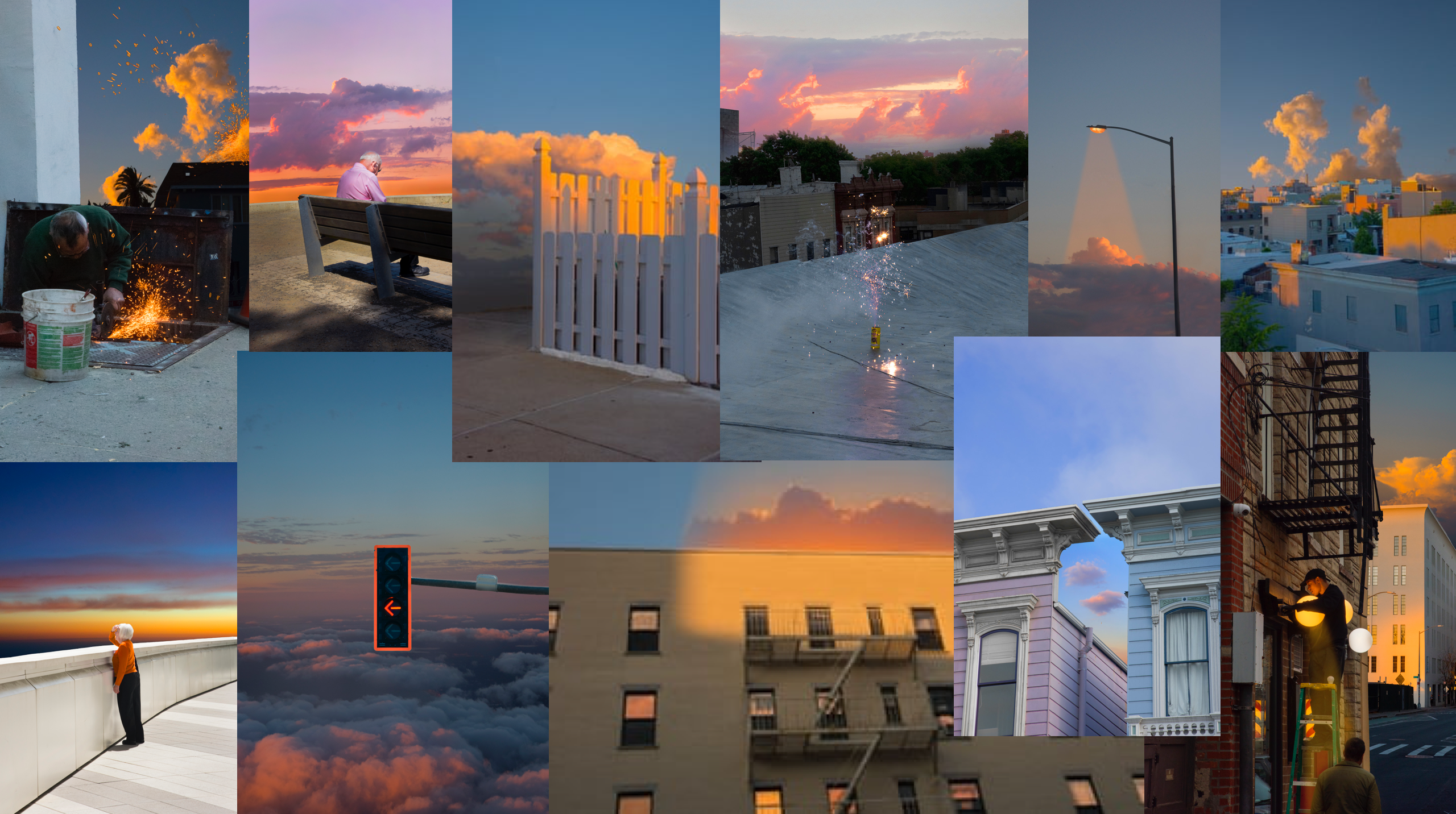
Image Analysis
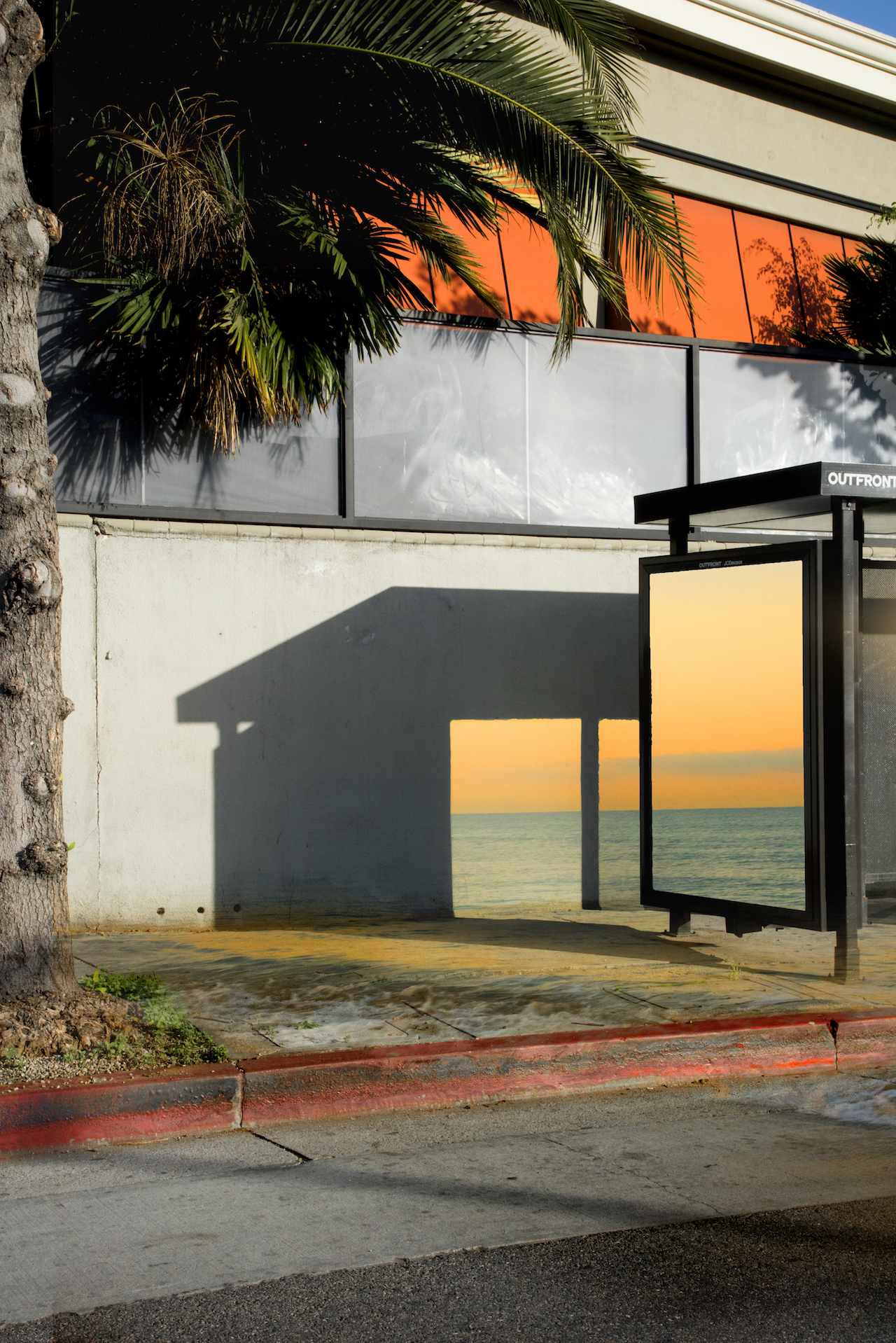
This image taken by Kim is a very surrealist type of image. The way that she is focusing in on the effects of the sun during the ‘golden hour’ in the US creates this dream-like series of images. This image in particular, is portraying how sunlight creates this huge effect of beauty onto a normal scene. I like how Kim has used an editing technique process; she has manipulated the side of a bus stop (along with its shadow it creates) and placed a beautiful image of the blue sea, contrasted with the bright orange blossomed sky. She has also used a technique to make sea waves appear as if they are on the pavement. She has done this because she wanted to show that although she misses her place of birth, (Korea,) she has interpreted her current home place (the United States) to be as beautiful as her original home-town, Korea. She is implying that she loves to see a beauty in everything, and using the sun as a main focus point helps create this aspect of dream-like subject matters – this street she has photographed to incorporate images of the sea and sun would have been a plain, standard image but her surrealism artist traits has made her work much more outstanding and unique. I also like how she has made the orange sun that is being reflected on the windows of the top of the building a lot more vivid and bold; although the sun may have been reflected on these windows, it would’ve been no where near as pretty as she has edited it out to be. She really wanted to make sure each and every image in her “Golden Hour” photo-book is showing bold features of the sun and the sunlights beauty. This makes her work have an attractive aesthetic, with an orange, welcoming cover and a warming golden typography. The colours in this image are really standing out – I also like how in the top right corner of this photo, you can see a bold colour of sky blue. Her touch of surrealism has really made me intrigued into her work, and has made me realise that the sun is such an amazing factor to base a photographic piece of work on.
Kim’s work of the ‘golden hour’ links to the exam title ‘variation and similarity’ because she has made every image take an approach that pinpoints the sun as its reason of beauty and boldness – they are all similar due to the fact that they are brightly coloured and consider eat sun within some part of its photo. Yet, each image is varied from the other, as she uses different settings, as well as people, to create her creative series of photos. I have chosen this artist as one of my artist references because I am keen to follow the route of light and shadows as my exam project. I want to contrast these 2 aspects of everyday life to show how different and the different effects they create; as Kim has shown in her project, light creates a very warming, happy aesthetic, which I could want to incorporate into my work that explores light. Kanghee Kim has been a great influence into my inspiration to photograph light, as I am intrigued to do a few shoots on the effects of sunlight on different scenery. However, (as I stated in my specification,) I want to explore light as a whole – not just sunlight. This may mean I will have to capture some shoots in a studio or a dark room in my house, and use artificial sources of light, such as lamps, lighters, torches etc.


